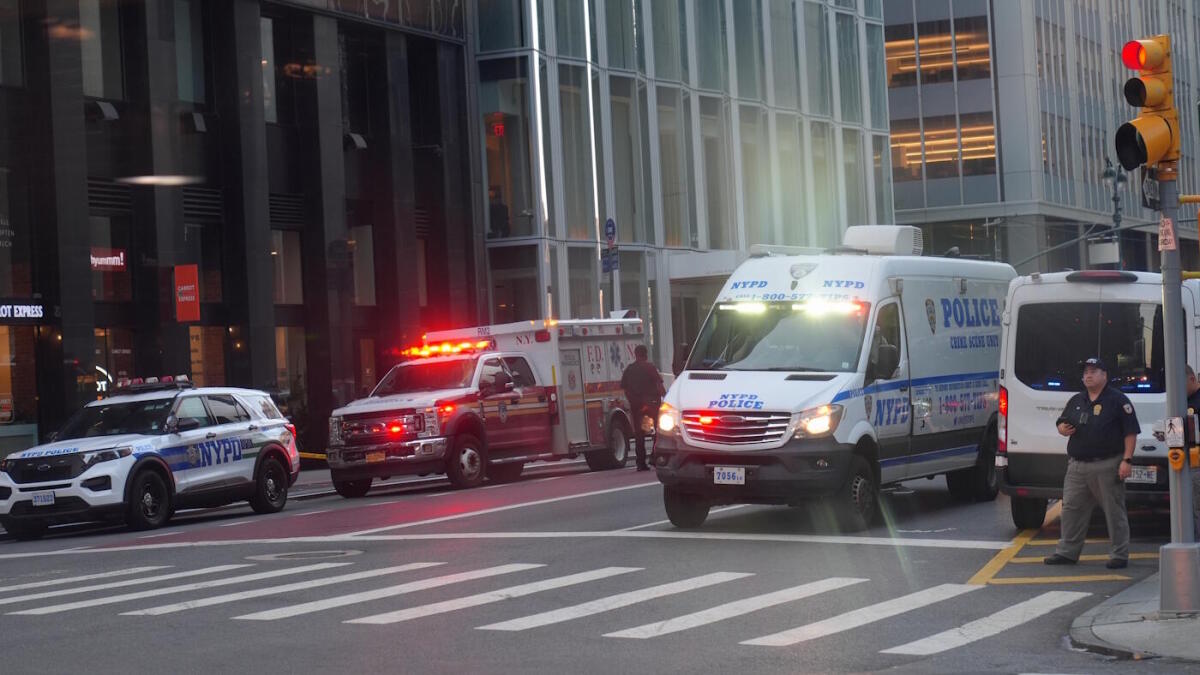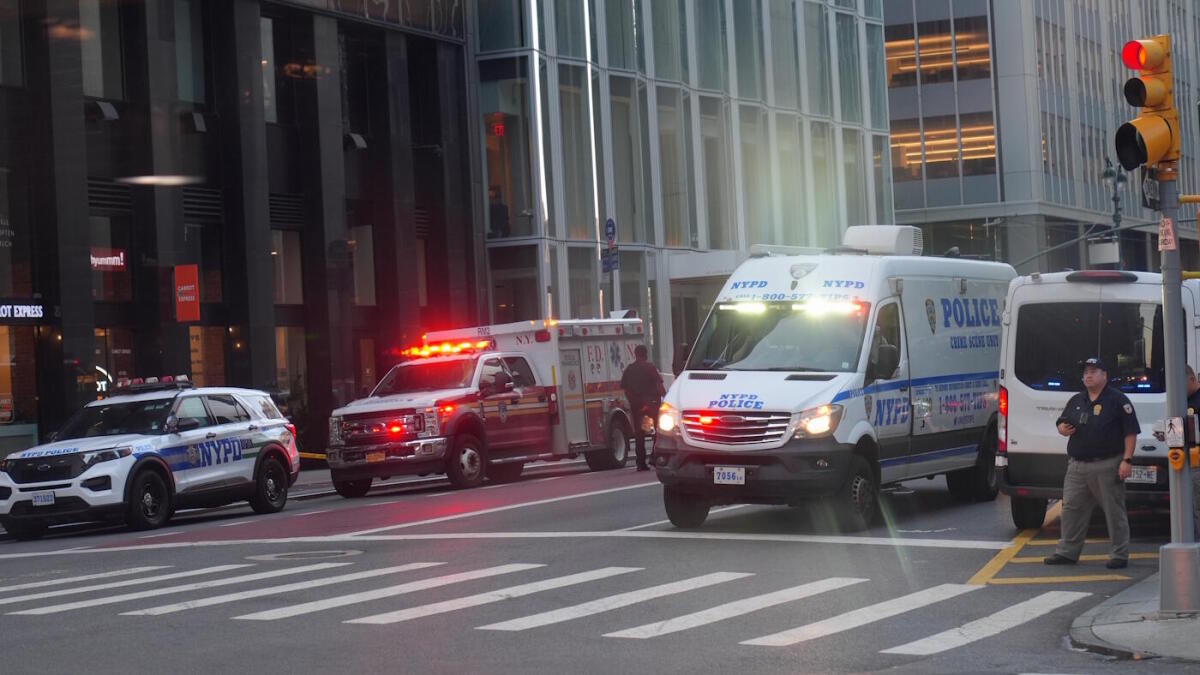Crisis Communication in the Spotlight: Roger Goodell’s Response to the NYC Shooting
The Weight of Leadership in Times of Crisis
When tragedy strikes, the actions of leaders are scrutinized under the harshest light. The NFL’s New York City headquarters shooting on July 28, 2025, was no exception. The incident, which resulted in multiple fatalities and left one NFL employee seriously injured, demanded a swift and measured response from Commissioner Roger Goodell. His handling of the crisis offers a compelling case study in effective crisis communication, revealing both strengths and areas for potential improvement.
The Immediate Response: Speed and Empathy
In the chaotic aftermath of the shooting, Goodell’s initial response set the tone for the NFL’s crisis management strategy. His communication was characterized by two critical elements: speed and empathy.
Rapid Dissemination of Information
Within hours of the shooting, Goodell sent a letter to all NFL employees. This rapid response was crucial in preventing the spread of misinformation, which can exacerbate fear and confusion during a crisis. The letter served as a central source of accurate information, grounding the NFL community in facts rather than speculation.
Acknowledging the Emotional Impact
Goodell’s acknowledgment of the “unspeakable act of violence” was a powerful demonstration of empathy. By validating the emotional impact of the event, he showed solidarity with the victims, their families, and the broader NFL community. This emotional resonance was essential in fostering a sense of unity and shared grief.
Prioritizing Employee Safety
Goodell’s decision to temporarily close the NFL offices and urge employees to stay home was a decisive action that prioritized safety. This move not only protected employees but also signaled that their well-being was the league’s top priority. It also provided a clear, immediate action that employees could follow, reducing uncertainty during a tumultuous time.
Transparency and Control: Balancing Act in Crisis Communication
Transparency and control are often at odds during a crisis, but Goodell’s communication strategy managed to strike a delicate balance.
Direct Communication Channels
By communicating directly with NFL employees, Goodell ensured that they received accurate information from a trusted source. This direct approach helped to avoid the pitfalls of rumor and speculation, which can undermine trust and exacerbate anxiety.
Acknowledging the Injury
Goodell’s acknowledgment of the seriously injured NFL employee was a transparent move that provided employees with a clearer understanding of the event’s impact. While respecting the individual’s privacy, this transparency helped to humanize the crisis and foster a sense of shared concern.
Coordination with Authorities
Implied in Goodell’s response was the NFL’s coordination with law enforcement officials. This collaboration is a crucial aspect of crisis management, ensuring that the organization is working in tandem with the authorities to address the situation effectively.
Addressing the Underlying Issues: Looking Beyond the Immediate Crisis
While the immediate focus was on safety and communication, the shooting inevitably raised questions about security protocols and the potential for future incidents. Goodell’s response hinted at a broader strategy to address these underlying issues.
Reviewing Security Protocols
The temporary closure of the NFL offices suggested a review of security protocols and procedures. This standard practice after such an event aims to identify vulnerabilities and implement measures to prevent future incidents. A thorough security review would likely involve assessing physical security measures, emergency response plans, and employee training.
Providing Employee Support
Supporting employees affected by the shooting is essential. While not explicitly mentioned, it is expected that the NFL would offer counseling services, grief support, and other resources to help employees cope with the trauma. Providing long-term support is crucial in helping employees process the event and return to a sense of normalcy.
Engaging with the Community
Engaging with the broader community is also important, particularly in a city like New York, where the NFL has a significant presence. This could involve supporting local charities, participating in community events, and demonstrating a commitment to the city’s well-being. Such outreach can help to rebuild trust and foster a sense of shared purpose.
Potential Areas for Improvement: Strengthening the Response
While Goodell’s initial response was effective, there are potential areas for improvement in future crisis communication efforts.
Increased Visibility
While internal communication was strong, Goodell could have considered a more visible public statement to reassure the broader public and demonstrate leadership. A press conference or televised address could have provided a platform for Goodell to address the public directly, offering transparency and reassurance.
Detailed Security Updates
Providing more specific details about the security review and any planned changes could help to alleviate concerns and demonstrate a proactive approach to safety. Transparency about security measures can build trust and reassure employees and the public that the NFL is taking the necessary steps to prevent future incidents.
Long-Term Support Plan
Outlining a clear plan for long-term employee support, including counseling services and other resources, could provide employees with a sense of security and stability. A well-defined support plan can help employees feel valued and cared for, fostering a sense of resilience in the face of adversity.
Conclusion: Lessons in Crisis Communication
The shooting at the NFL’s New York City headquarters was a tragic event that tested the league’s leadership and communication capabilities. Roger Goodell’s immediate response, characterized by rapid communication, empathy, and a focus on employee safety, was crucial in managing the initial aftermath. By acknowledging the severity of the situation, providing accurate information, and prioritizing the well-being of his employees, Goodell demonstrated effective crisis communication leadership.
However, the incident also highlights the ongoing need for vigilance and preparedness. By continuously reviewing security protocols, providing comprehensive employee support, and maintaining open communication channels, the NFL can better protect its employees and navigate future crises with resilience and strength.
The true measure of leadership in a crisis is not only how one responds in the immediate aftermath but also how one learns and adapts to prevent future tragedies. The NFL’s response to the NYC shooting provides valuable lessons for crisis communication and underscores the importance of preparedness, transparency, and empathy in the face of adversity. In the end, it is these qualities that define effective leadership and foster a sense of trust and unity in times of crisis.












